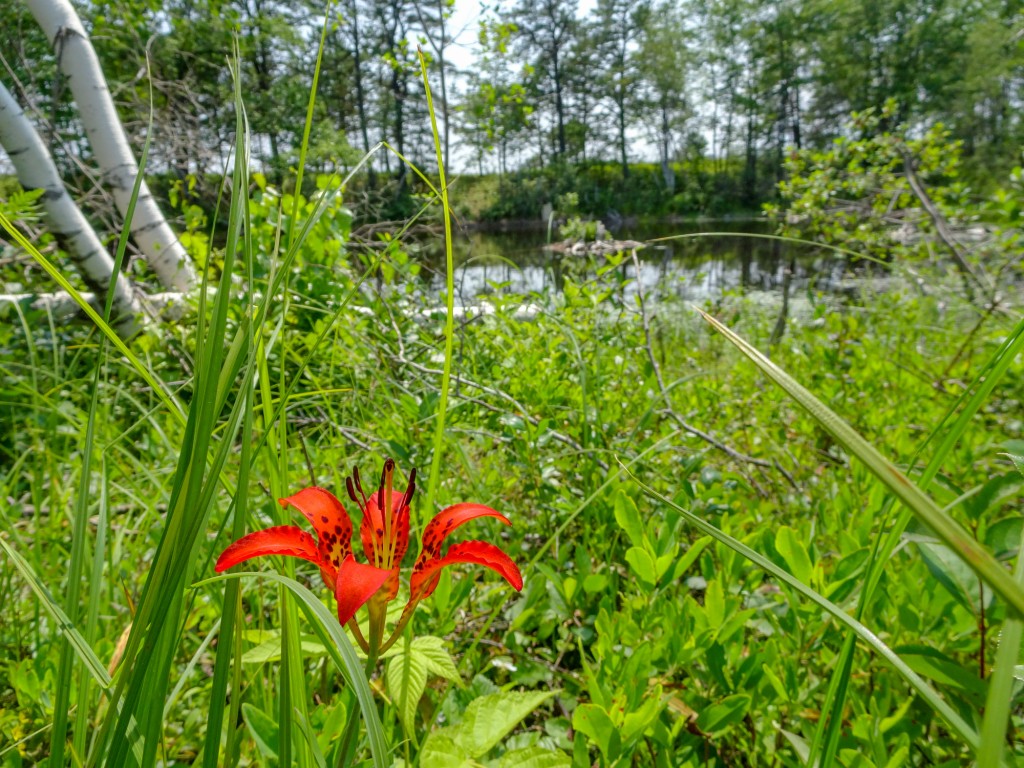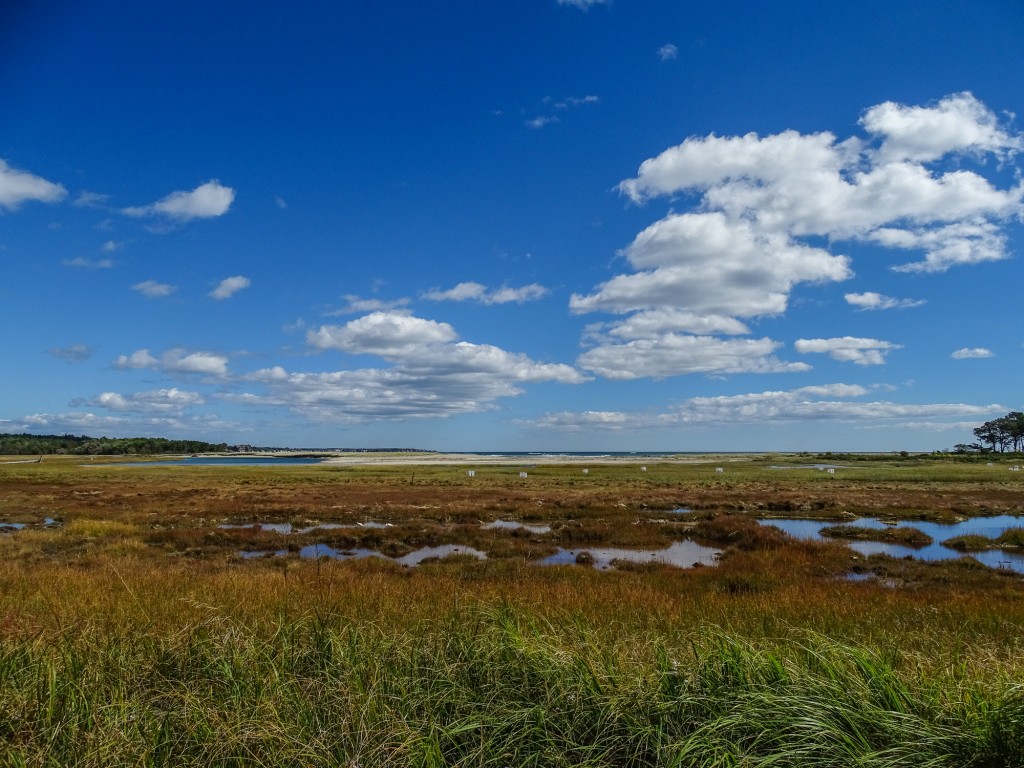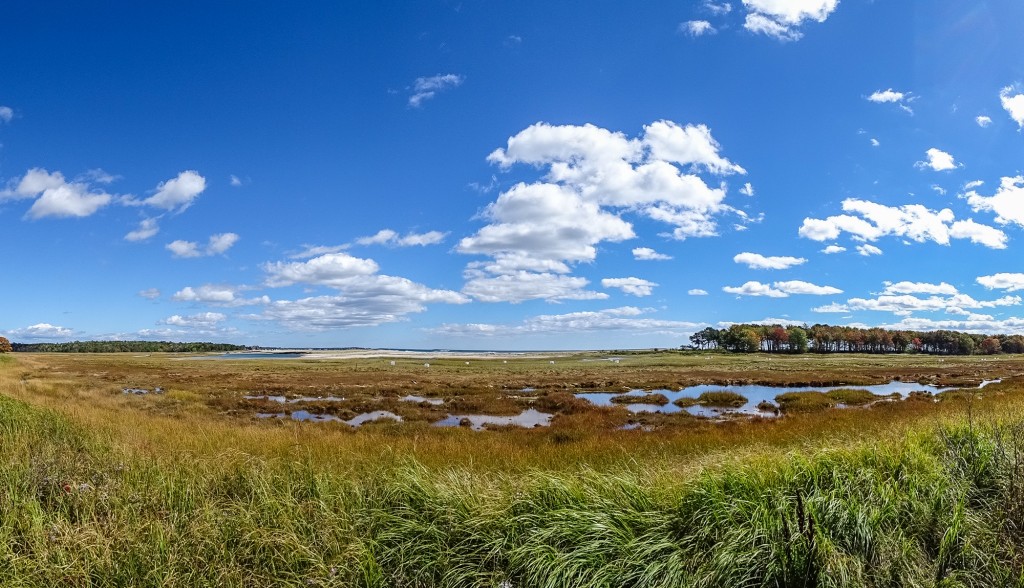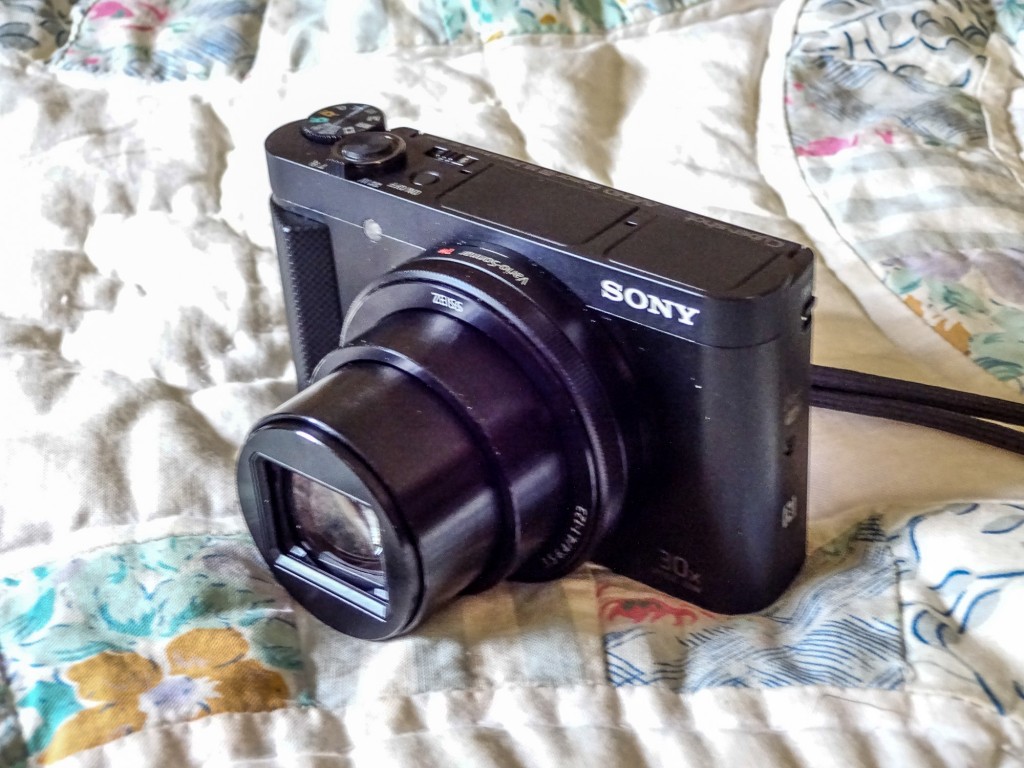
I really like the Nikon P900, which I am using for the majority of my bird and wildlife photography these days, and which does a good job on nature photography of all kinds (it is hard to argue with the excellent 83x zoom and amazing image stabilization), but since I switched to it from the Sony HX400V, there are several things the Sony did well that I find myself missing. The main ones are: fully adjustable in-camera HDR and more robust Dynamic Range Optimization options, reliable macro, and Anti-motion Blur mode for inside shots. The Nikon does all these things, after a fashion, but it does not do them as well as the Sony HX or RX series.
Then too, I have now passed both the Sony HX400V and the Canon SX50HS, my previous “back up cameras”, on to others. That left me with just one camera for trips, and it is never safe to travel for more than a few days with only one camera. What if something bad happens? Imagine it: stuck in Panama for a week without a working camera. Never!
Which is why the Sony HX90V, when it was first announced, appealed to me. It has the pop-up electronic view finder from the RX 100 iii and iv; the control ring around the lens from the whole RX series (see above); the finger grip from the RX 100 iv (also in the pic above); a flip up 180 degree, selfie ready, LCD like the Alpha 5000 and 6000; and the world’s smallest 30x zoom …24 to 720mm equivalent field of view (and a ZEISS Sonnar at that). Given past experience with Sony’s souped up digital Clear Image Zoom, that means possible pics out to 1440mm in a pinch.
And it is small enough to carry along with the Nikon P900 without even thinking about it.
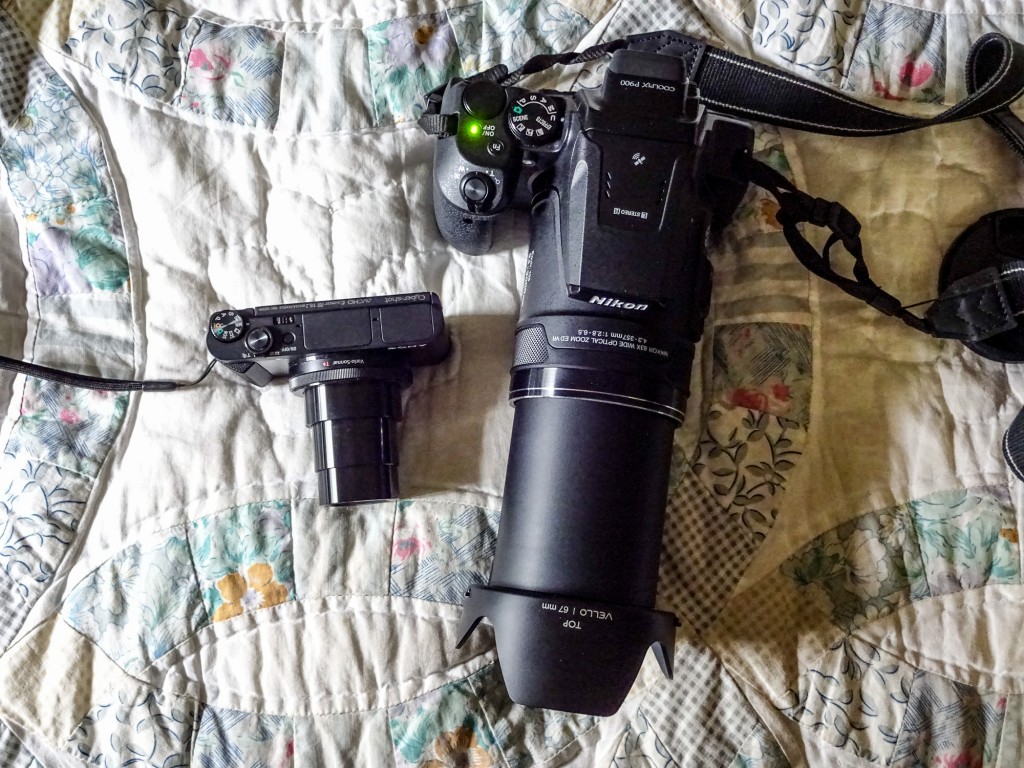
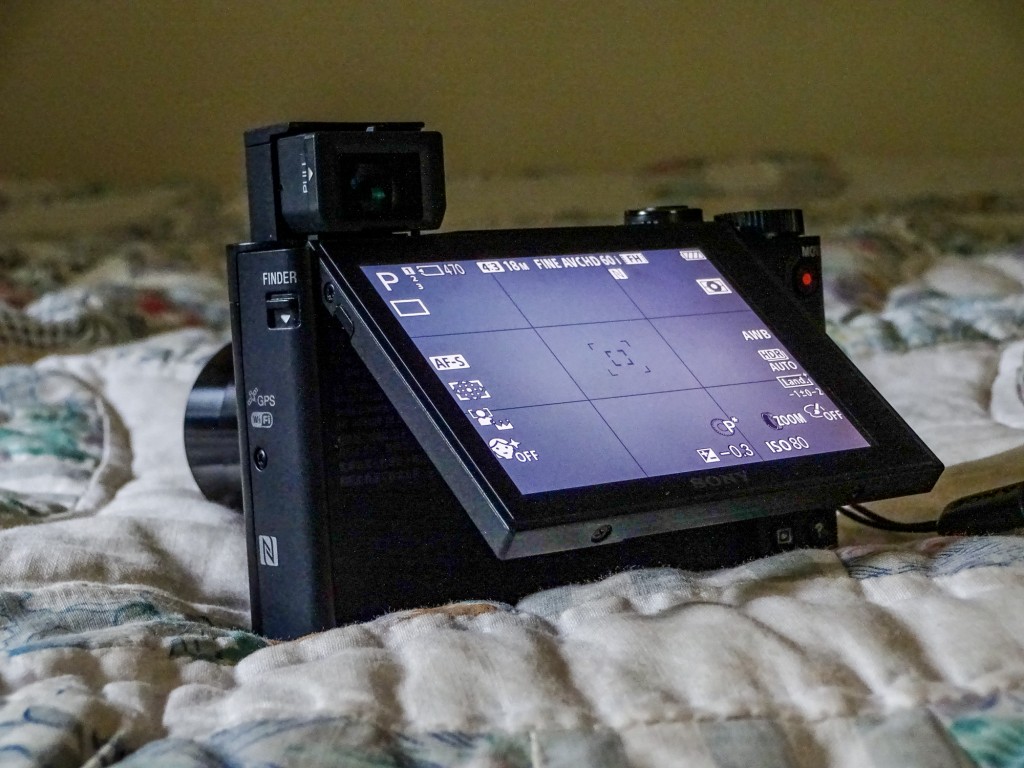
It also has the truly inspired Function button and menu I had loved on the HX400V…which gives you easy access to anything you are likely to want to set…and three fully programmable memory locations for settings you use often. And, of course, the traditional Sony Creative Styles options, which allow you to fine tune how the jpeg images are processed and encoded in the camera before they are written to the card. (Sony’s answer to RAW.) All in all, the level of control possible with the Sony simply puts the Nikon in the shade…it is a good thing the Nikon lens and IS are so good!
Of course, no amount of control matters if the images are unsatisfying. Like all Sony cameras, especially the P&Ss, the images from the HX90V will not stand a lot of pixel peeping…they are not as clean at the pixel level as Nikon or Canon images. However, at normal viewing and printing sizes, they are simply excellent…sharp, vibrant, and lively.
Since it is a primary interest of mine, we will begin with a few in-camera HDRs: you can set in-camera HDR for anything from 1 EV differences in exposure, for a very subtle effect, to 6 EV differences, to capture deepest shade and boldest highlights. There is also an Auto setting which does an excellent job in all but the most extreme conditions.
Then you have macro effects down to 5 cm (2 inches). I find that about 35-40mm equivalent works really well, along with DRO level 5 or Auto. You actually get an excellent macro effect.
The long end of the zoom is useful, with or without some Clear Image zoom, for close-ups of bugs, and the occasional grab shot of a cooperative bird. This (along with super-bright sunny days) is where the pop-up EVF comes into play! It is much easier to hold the camera still when it is up to your eye.
The flip up selfie mode on the LCD panel does a good job.
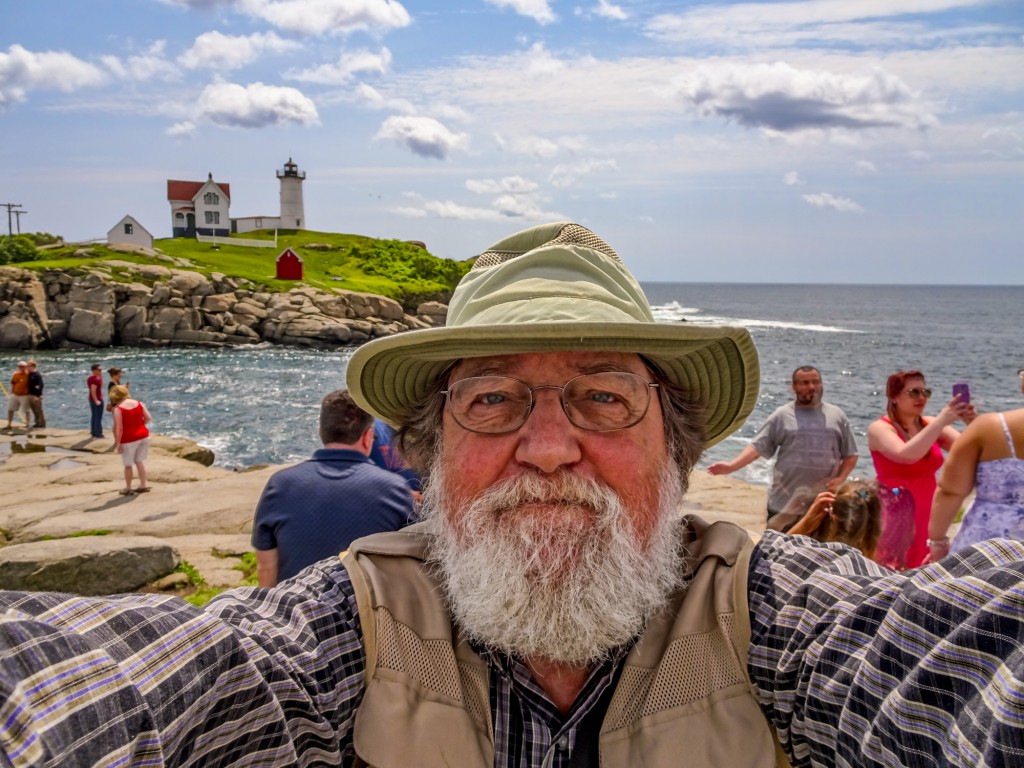
Panorama shots are as easy as they are with any Sony. You have your choice of “standard”, “wide”, or “360 degree.”
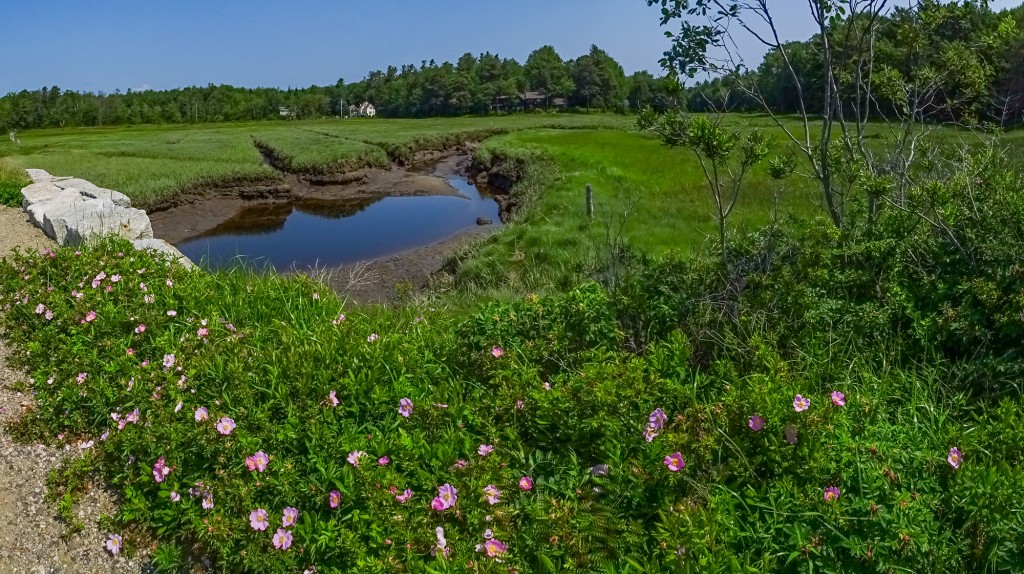
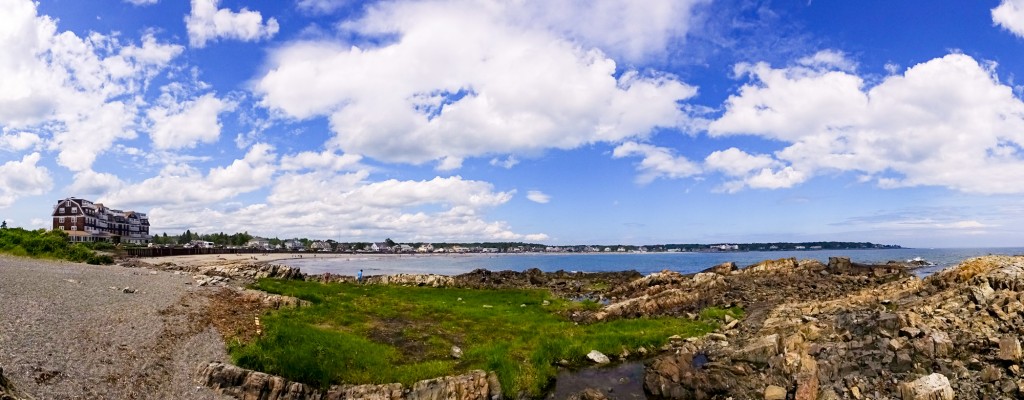
Some of the Picture Effects are also interesting. I have enjoyed playing with HDR Painting, which can be adusted to one of three levels, and produces a nice “slightly over the top”, tone-mapped HDR look.
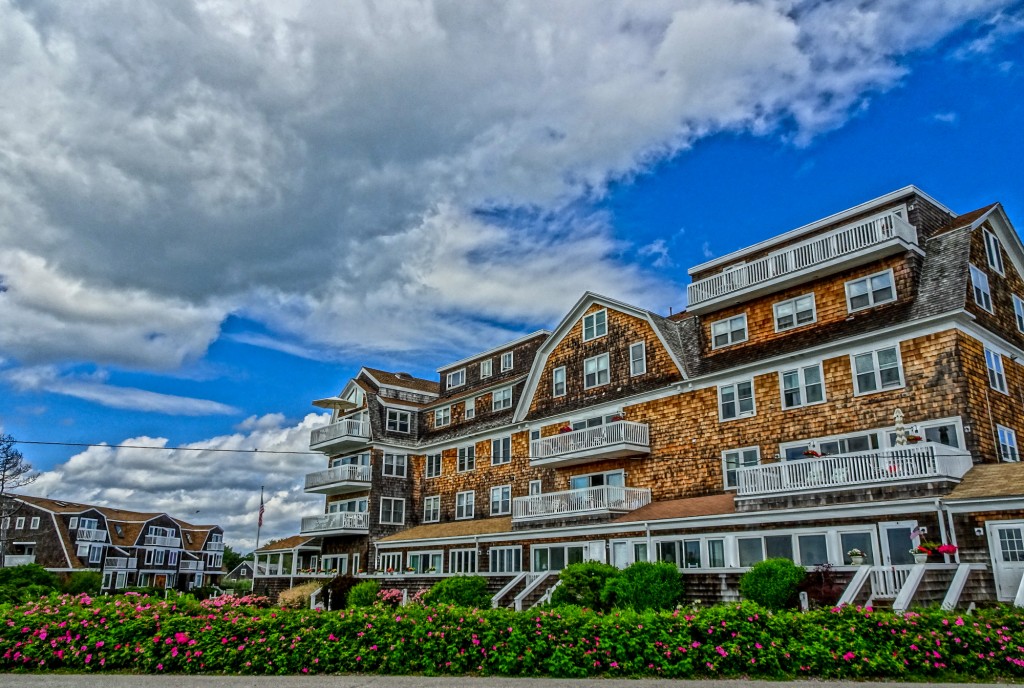
[caption id="attachment_856" align="alignright" width="660"] Illustration Picture Effect, Blueberries.
Illustration Picture Effect, Blueberries.
Sunsets are always a good test of a Point and Shoot. I tried both the Multiple Frame Noise Reduction Mode and in-camera HDR. I like the results from HDR better. Pleasing rendition of colors, and very little noise in the image.
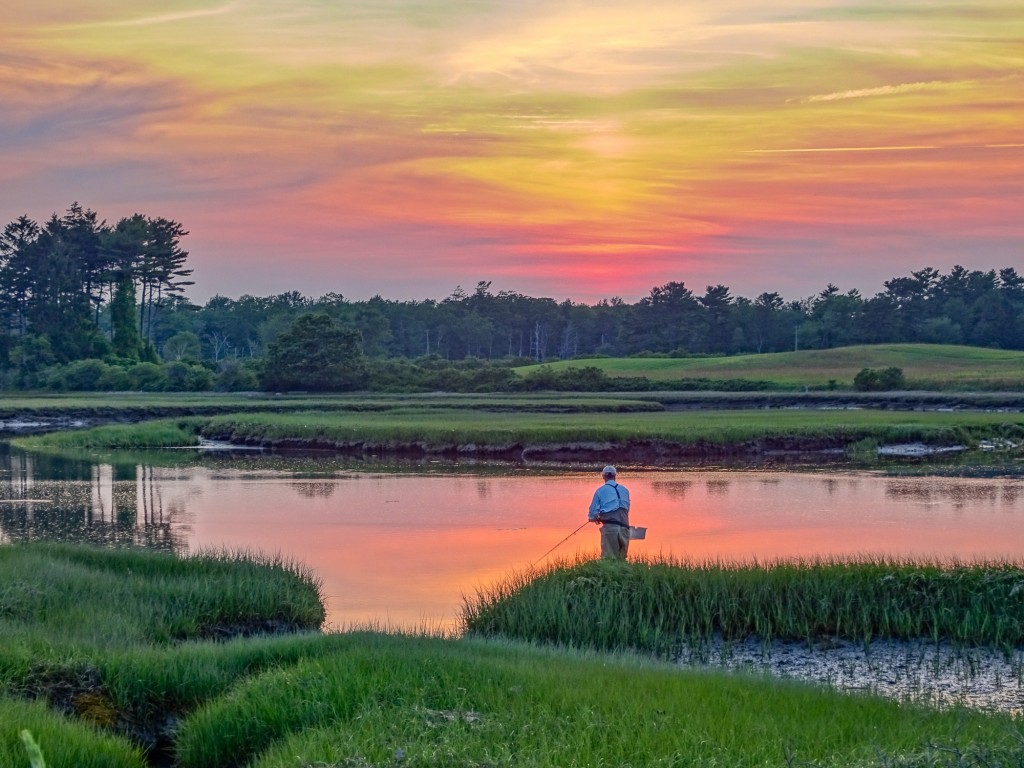
I went to Strawberry Banke, a local historical district in Portsmouth NH, today, and had a chance to try out several modes for indoor use. I tried straight in-camera HDR, Anti-Motion-Blur Mode, and Multi Frame Noise Reduction (with is actually an auto ISO setting). All three worked well, and provided higher ISO equivalent images in low light that showed much less noise than you would expect. Anti-Motion Blur tended to have the most noise, as it consistently selected higher ISOs suitable for moving subjects. In-camera HDR was relatively clean, and, as expected had the most extended range…usable highlights and open shadows. Multi Frame Noise Reduction ISO mode produced the cleanest looking images, amazing clean for hand-held indoor shots in very dim natural lighting, but would not be suitable for indoor action. This is a hand-held Multi Frame NR shot in a historical kitchen with only window and fire light. I think it is pretty amazing.
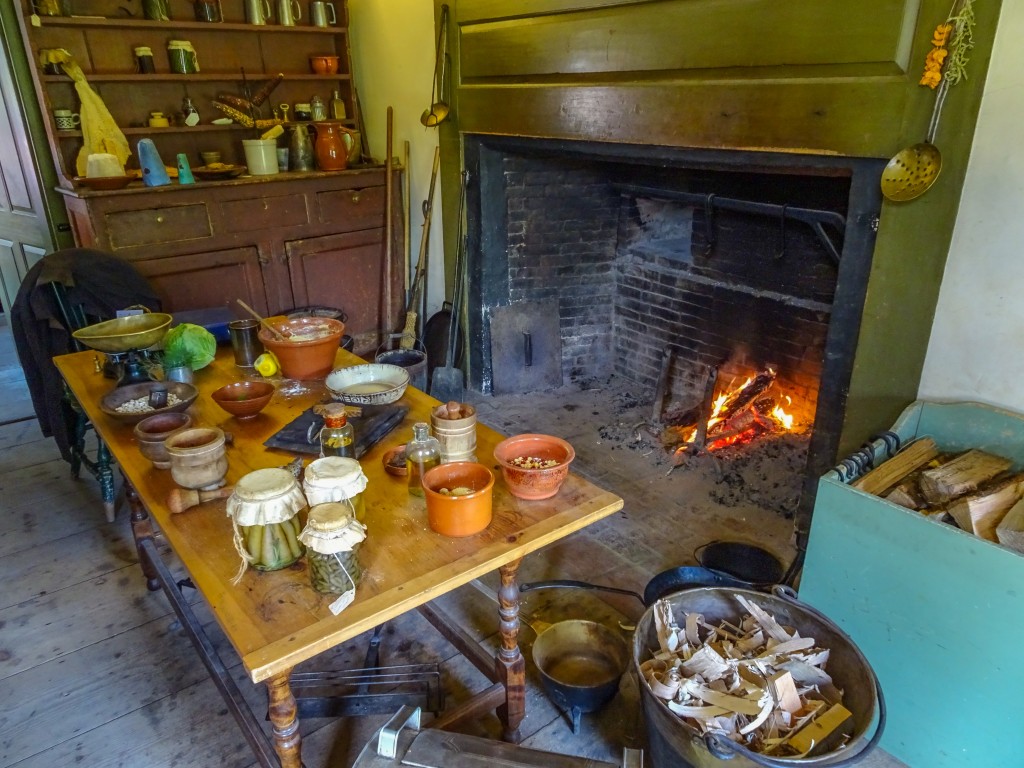
So…all in all the Sony HX90V is a great second camera. It does everything I had hoped, and almost everything the Nikon P900 does not do well. It is even a great first camera. The degree of control offered, the viewing options, the excellent long zoom, the advanced multi-frame features, etc. put it right there in the top choices for a P&S superzoom for nature and creative photography…as long as you don’t need more than 720mm of reach (1440mm with Clear Image zoom).
And finally, of course, the Sony HX90V was conceived as a travel zoom…and as that I can not imagine a better choice! It does it all and it does it all well…fits in a large pocket…and is the ideal camera to carry absolutely everywhere you travel. Good job Sony!
